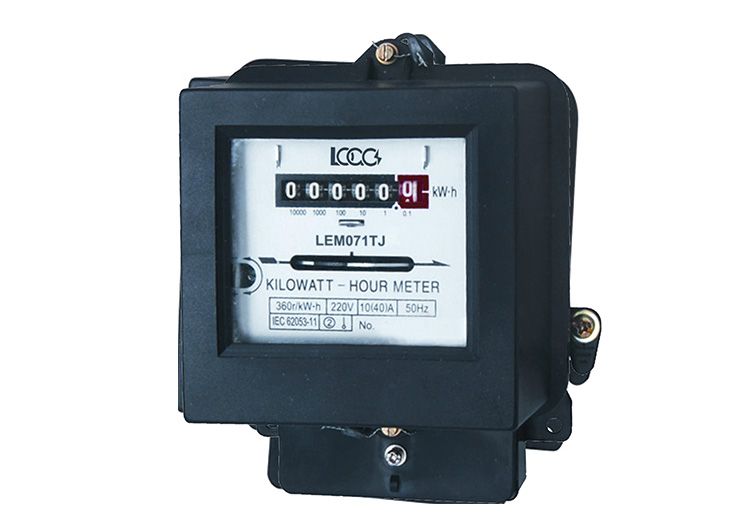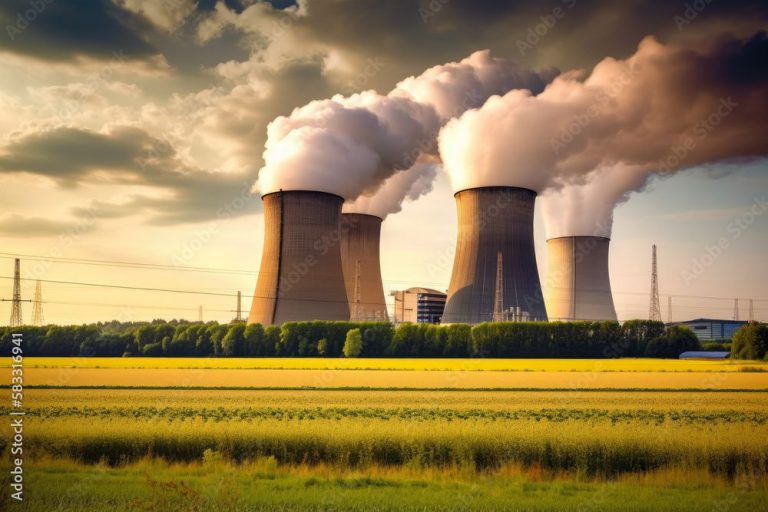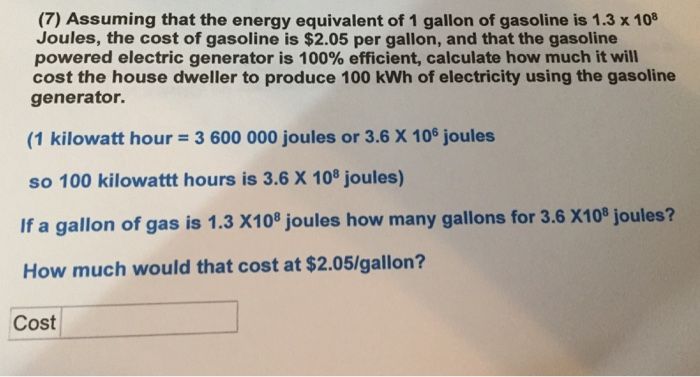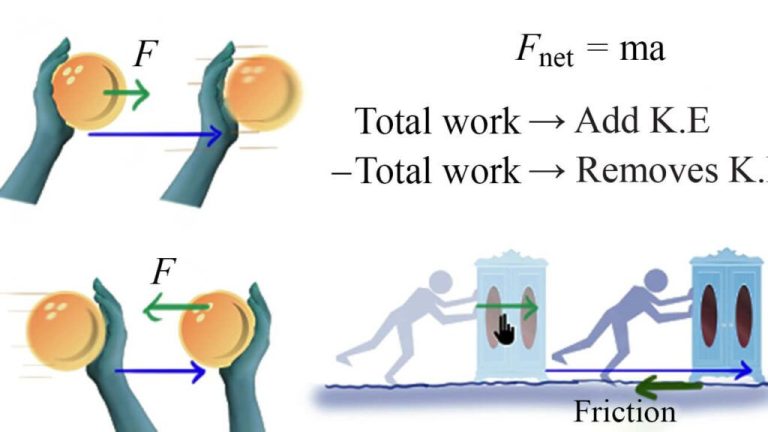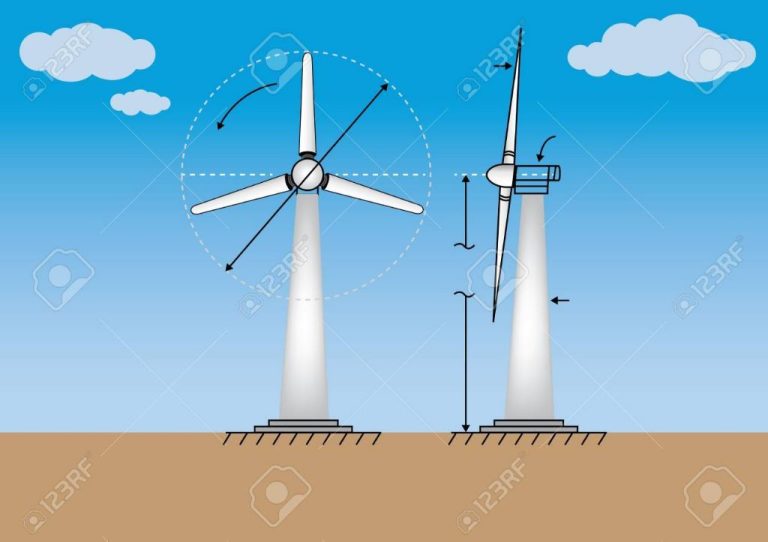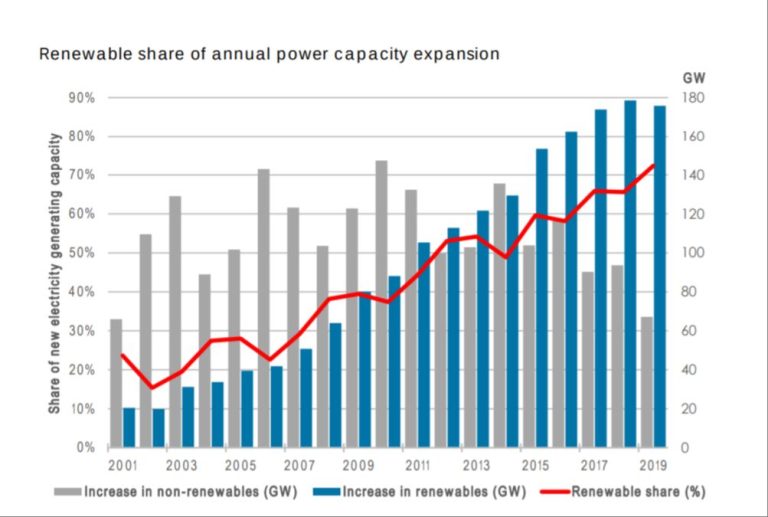Is The Si Unit Of Potential Energy A Joule?
Definition of Potential Energy
Potential energy is the stored energy an object has due to its position or state. For example, a ball held above the ground has gravitational potential energy due to its height above the Earth’s surface. This stored energy is converted to kinetic energy if the ball is dropped. Other examples include a compressed spring storing elastic potential energy and an object with electric charge storing electric potential energy.
Potential energy represents the work done against a force to put an object in a certain configuration. The object can release this stored energy to do work later on. Potential energy is contrasted with kinetic energy, which is the energy of motion and doing work. Understanding potential energy is key for analyzing mechanical systems and processes that involve stored energy being released over time.
SI Units
SI stands for the International System of Units, which is the modern metric system used around the world. It is the standard system of units adopted by international agreement for measurement of physical quantities. The SI was developed in 1960 by the General Conference on Weights and Measures and is maintained by the International Bureau of Weights and Measures.
The SI is built on seven fundamental units that define the seven base quantities of physics and metrology. These base units include the meter (m) for length, kilogram (kg) for mass, second (s) for time, ampere (A) for electric current, kelvin (K) for temperature, mole (mol) for amount of substance, and candela (cd) for luminous intensity.
Derived units can be formed by combining the base units according to algebraic relations. This allows the SI to be extended to encompass many more derived quantities such as velocity, acceleration, force, work, power, etc. The coherence of the SI system allows derived units to be expressed in terms of the base units.
The SI system brings order and standardization for measurement around the world in science, technology, industry and trade. Having an authoritative system avoids confusion and discrepancies between different measurement systems. The universal adoption of SI units facilitates communication and commerce globally.
Joule as a Unit
The joule is indeed the SI unit for potential energy. The International System of Units (SI) designates the joule (symbol: J) as the standard unit of measurement for all forms of energy, including potential energy.
The joule is defined as the amount of work done, or energy expended, when a force of one newton moves an object one meter. This establishes the joule as a derived unit of energy derived from the SI base units of meters, kilograms, and seconds.
While other units like the calorie, British thermal unit (BTU), kilowatt-hour (kWh), and electron-volt (eV) are sometimes used to measure energy, the joule is the only SI unit. Using the joule allows for universal measurement and understanding of energy values across different systems and contexts.
So in summary, yes the joule is the official SI unit of measurement for any form of energy, including potential energy. Using joules provides standardized and universally recognized values when calculating, reporting, or analyzing potential energy.
Other Units of Potential Energy
While the joule is the standard SI unit for measuring potential energy, there are some other units that potential energy may be expressed in as well. Some examples include:
Ergs – The erg is a small unit of energy and work equal to 10-7 joules. It is not an SI unit, but is sometimes used in fields like biomechanics and physics when measuring very small amounts of potential energy.
Electron volts – The electron volt is a unit of energy equal to the amount of energy gained by a single electron moving across an electric potential difference of one volt. It is commonly used in atomic physics, solid state physics and chemistry.
Kilowatt hours – A kilowatt hour represents the energy equivalent to a power consumption of 1 kilowatt for 1 hour, or 3.6 megajoules. Kilowatt hours are often used for billing electrical energy delivered to consumers by electric utilities.
While the joule is the standard SI unit, these other units may occasionally be used in certain fields when convenient. However, the joule remains the preferred way to express potential energy in the International System of Units.
Calculating Potential Energy
Potential energy can be calculated using mathematical formulas that depend on the conditions. The two main formulas are:
PE = mgh for gravitational potential energy. In this equation:
- PE is the potential energy in joules (J)
- m is the mass in kilograms (kg)
- g is the acceleration due to gravity, 9.8 m/s2
- h is the height in meters (m)
PE = 1/2 kx^2 for elastic potential energy, like in springs. In this case:
- k is the spring constant in N/m
- x is the displacement from the spring’s rest position in meters (m)
So by plugging in values for mass, gravity, height, spring constant, and displacement into these formulas, you can calculate the potential energy in joules.
Examples of Potential Energy
Potential energy can be found in many common situations. Some everyday examples include:
Objects elevated off the ground – When an object is raised to a height above the ground, it gains potential energy due to gravity. The higher the object is lifted, the more potential energy it possesses. For instance, lifting a book from the floor onto a table stores energy in the book.
Compressed or stretched springs – Elastic potential energy is stored when springs are compressed or stretched. The more a spring is compressed, the more potential energy it contains. This energy can be released to launch objects or do work.
Charged batteries – Batteries contain electrostatic potential energy from the separation of charges. This electrical potential energy can be discharged to power devices. The amount of potential energy depends on the battery’s voltage.
Converting Between Units
To convert between units of potential energy, you need to use an appropriate conversion factor based on the relationship between the units. For example, to convert from joules (J) to kilojoules (kJ), you would multiply by the conversion factor of 1 kJ / 1000 J. This is because 1 kilojoule equals 1000 joules. Some key conversion factors for potential energy units are:
- 1 kJ = 1000 J
- 1 MJ = 1000 kJ
- 1 cal = 4.184 J
- 1 kcal = 4184 J
- 1 eV = 1.602 x 10-19 J
So to convert 100 J to kJ, you would calculate:
100 J x (1 kJ / 1000 J) = 0.1 kJ
To convert 50 kcal to J, you would use:
50 kcal x (4184 J / 1 kcal) = 209,200 J
Being familiar with these conversion factors allows you to seamlessly move between different potential energy units as needed for calculations and problem-solving.
Applications of Potential Energy
Potential energy plays a crucial role in many areas of physics, engineering, and energy production. Understanding the concept of potential energy helps explain physical phenomena and powers technologies that society relies on.
In physics, potential energy is used to analyze the forces and motion of objects. The gravitational potential energy of a ball at the top of a ramp will be converted to kinetic energy as it rolls down. This basic principle is applied in analyzing the physics of pendulums, springs, and other systems.
Engineers apply potential energy concepts when designing power plants, vehicles, and other technologies. For example, hydroelectric dams convert the potential energy of elevated water into electricity. The potential energy stored in chemical bonds is harnessed to power automobiles and other machines.
Potential energy is a key driver of renewable energy. Solar panels utilize the potential energy of photons to generate electricity. Wind turbines harvest the potential energy of air particles in motion. Understanding potential energy even allows quantifying the energy available in waves, tides, and geothermal sources.
In summary, the concept of potential energy is foundational for analyzing force and motion, developing mechanical and electrical engineering systems, and harnessing renewable energy sources. A firm grasp of potential energy and SI units like the joule empowers impactful advances across scientific and technological fields.
History of the Concept
The modern concept of potential energy developed in the 19th century based on the earlier works of scientists exploring energy and mechanics. Some key developments include:
In 1807, Thomas Young became the first to use the term “energy” in the modern scientific sense. He proposed energy as a quantity that remains constant despite changes in a system.
In 1829, Gaspard-Gustave Coriolis introduced the idea of “kinetic energy” as half the product of mass and the square of velocity. This built on prior work on momentum and kinetics.
In the 1840s, William Rankine coined the term “potential energy” for the energy an object has by virtue of its position or state. This concept allowed the law of conservation of energy to be applied more broadly in physics.
In 1856, William Thomson (Lord Kelvin) stated that all forms of energy can be categorized as either kinetic or potential. He helped develop the modern principle of conservation of energy.
These foundational concepts paved the way for the standardization of potential energy and other key physics terms and principles in the late 19th and early 20th centuries.
Conclusion
After reviewing the definition, calculations, and applications of potential energy, it is clear that the joule is indeed the standard SI unit used to measure all forms of potential energy. The joule, with the symbol J, is part of the International System of Units (SI) and is the derived unit for energy and work. It is defined as the energy transferred to an object when a force of one newton acts on that object in the direction of the force’s motion through a distance of one meter. This same unit is used to measure all types of potential energy, including gravitational potential energy, elastic potential energy, electric potential energy, chemical potential energy, and more. The joule allows potential energy stored in different systems and via different interactions to be calculated and compared in a standardized way. So in summary, yes – the joule, with the abbreviation J, is the SI unit of potential energy universally used by scientists and engineers when calculating or reporting the potential energy of a system.

